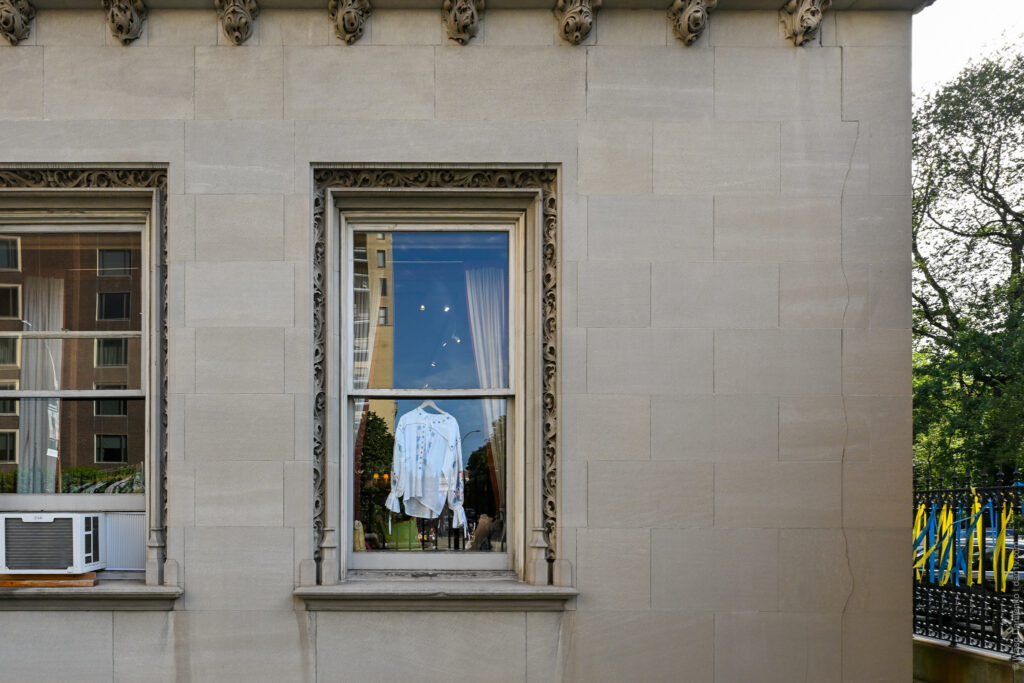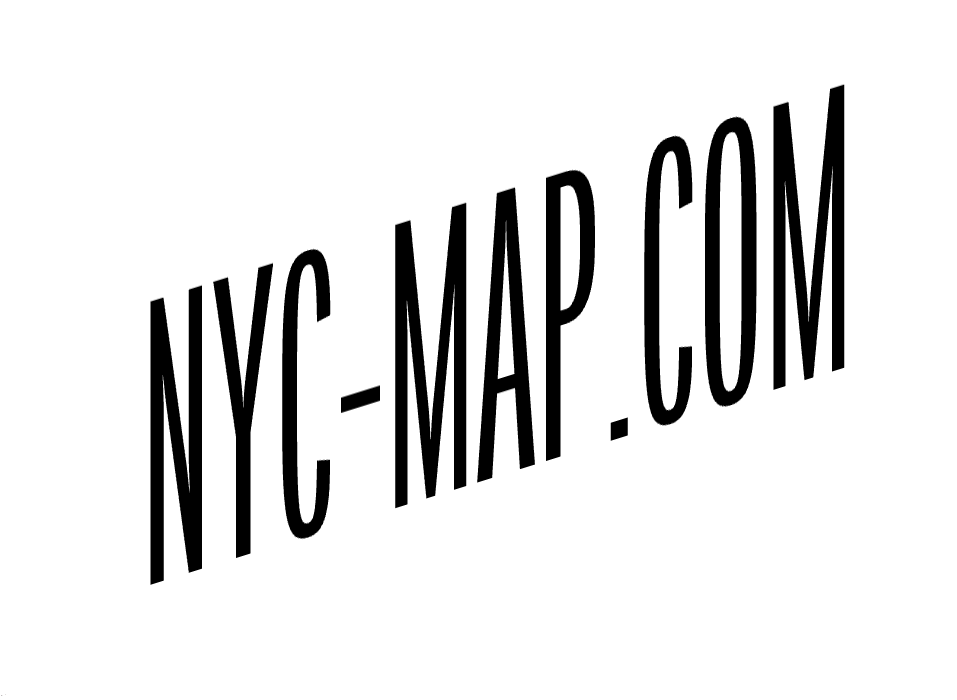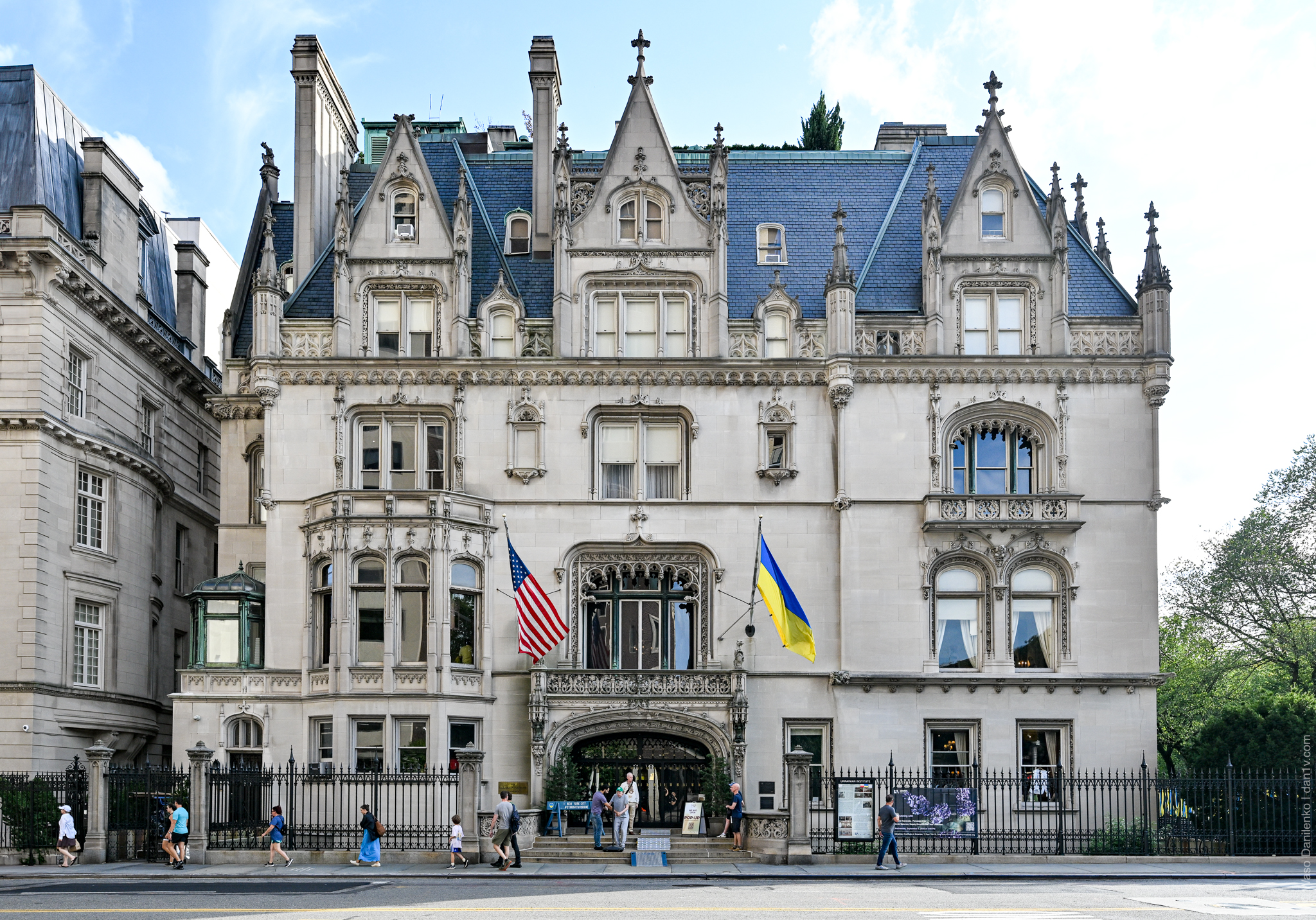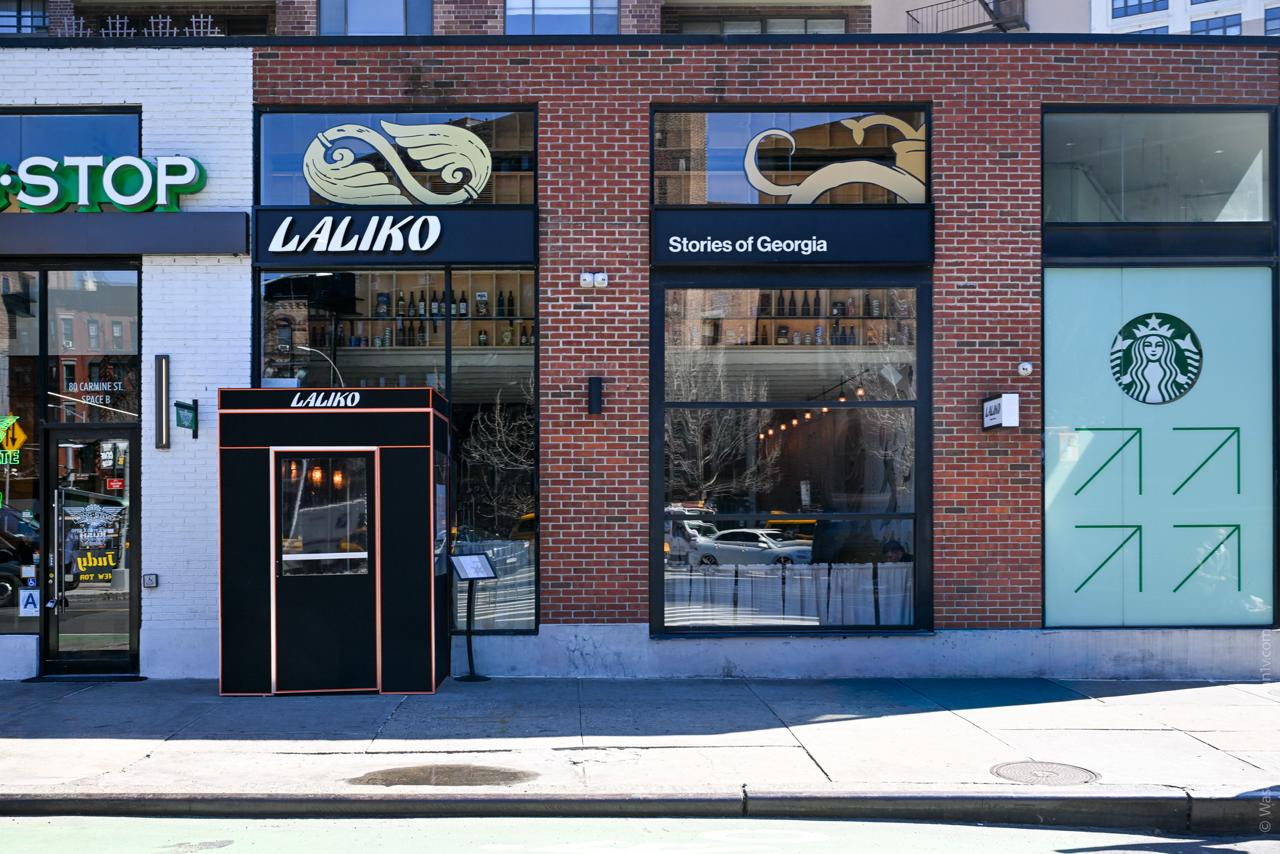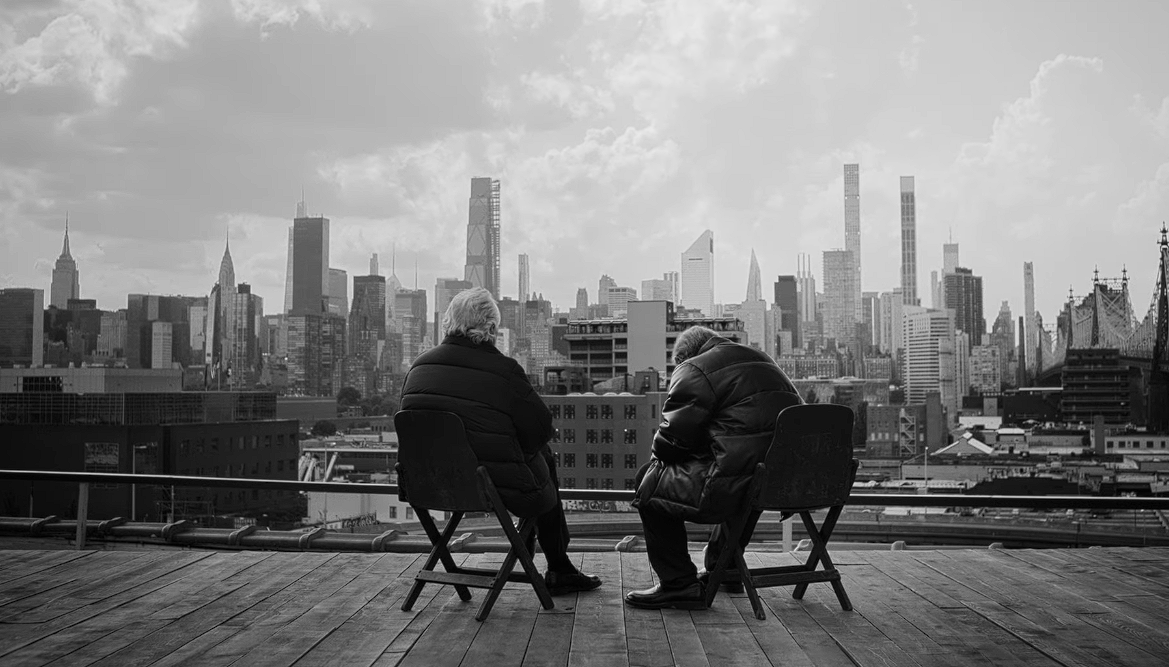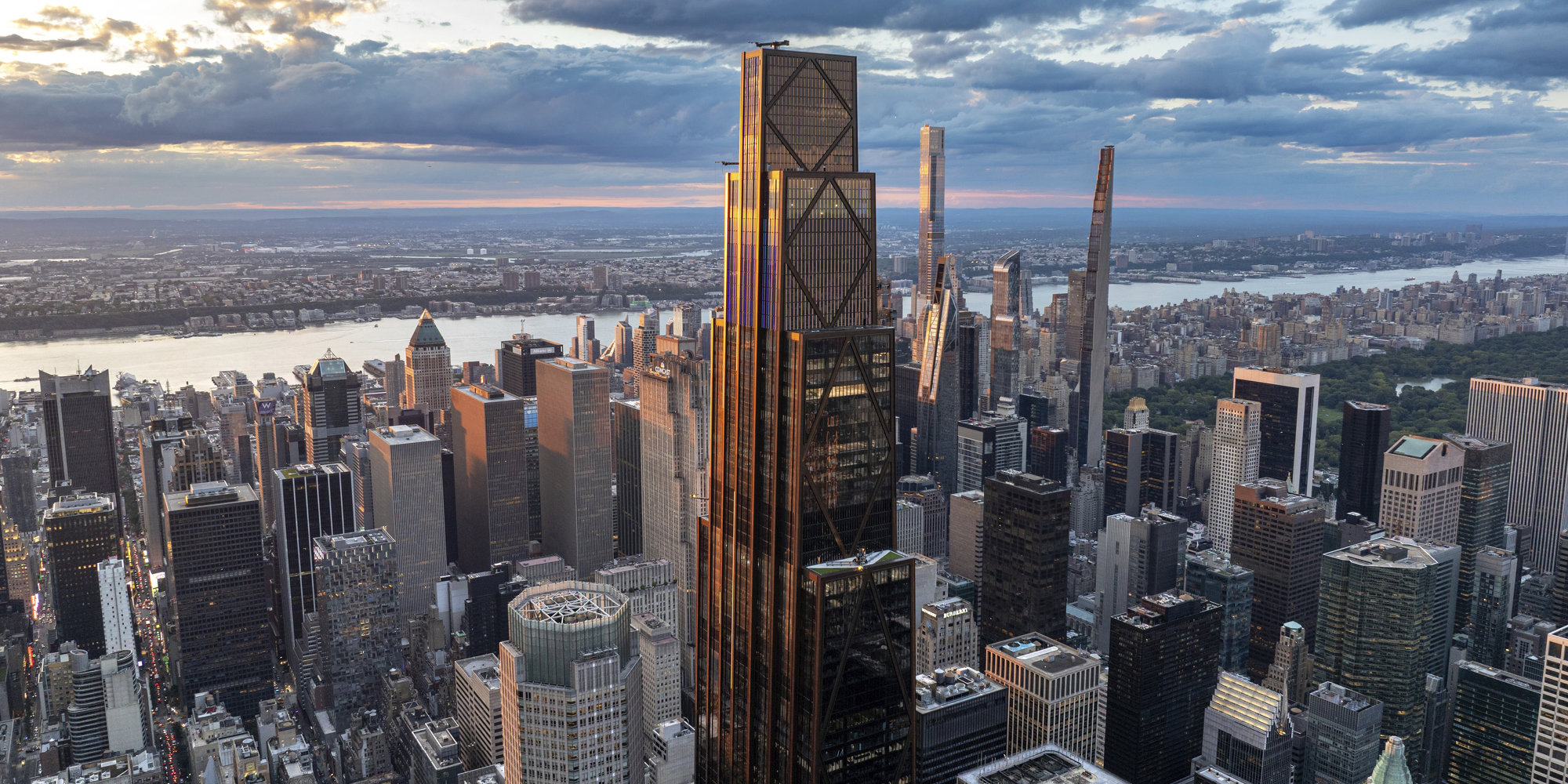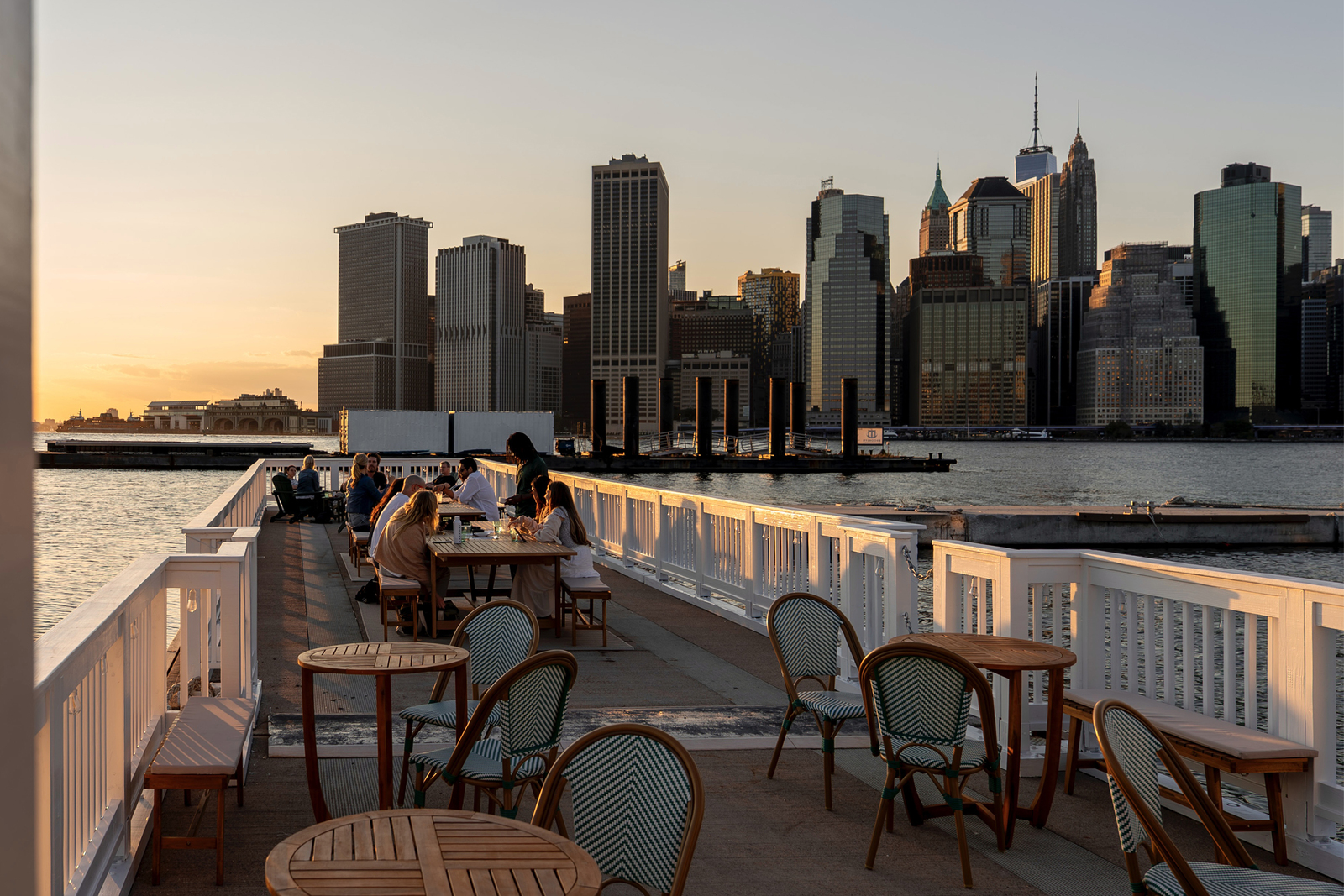Yesterday, the Ukrainian Institute of America held an open house to celebrate Ukraine’s Independence Day.
The Ukrainian Institute of America (UIA) is a nonprofit that promotes Ukrainian art, music, literature, and history in New York. Since 1948, it’s been a hub for exhibitions, concerts, lectures, and cultural programs that connect Ukrainian heritage with a wider American audience.
The Ukrainian Institute of America (UIA) is located in a mansion that is famous not only for its address on Fifth Avenue and the two large flags — American and Ukrainian — flying above its entrance, but also for its rich history, but also for its layered history, the Fletcher–Sinclair House has seen bankers, oil magnates, and the Stuyvesant family before becoming a cultural hub. Today, the Institute fills its limestone halls and copper-roofed turrets with concerts, exhibitions, and lectures, turning a Gilded Age landmark into a living center of Ukrainian culture in the heart of Manhattan
Read the story of the building
The late-summer sun spilled across 2 East 79th Street, where visitors in embroidered vyshyvankas slowed their pace on the sidewalk. Some browsed a pop-up shelf of Ukrainian design; others raised their phones toward the fluttering ribbons of blue and yellow that lined the fence along Fifth Avenue.
On the west side of the building, facing Central Park, the scene grew even more striking: Ribbons of Resilience stretched across the railings, not simply as decoration in national colors but as an interactive memorial. Each ribbon carried a handwritten note—messages of hope, remembrance, and solidarity—woven together into a vivid public testament to Ukraine’s endurance and its ongoing fight for freedom.
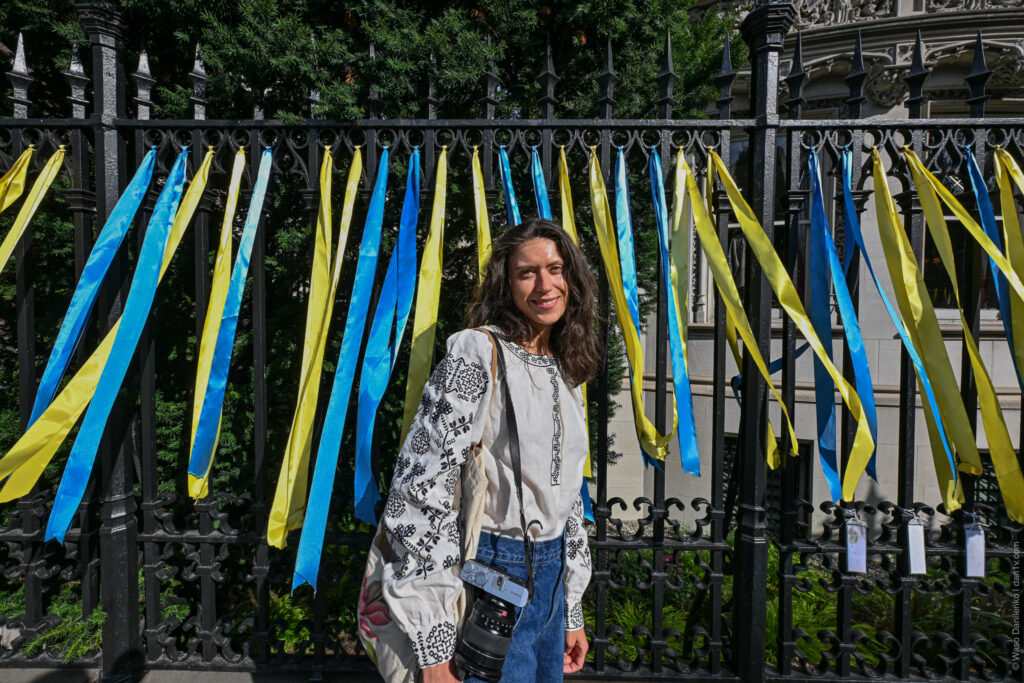
On the first floor, visitors were greeted by a small bookshelf sharing the space with merchandise, as well as a schedule of films being shown in the building’s small third-floor cinema. The lineup included Lina, Kherson: Human Safari, and Match in a Haystack, along with short films such as Mosaics of Kyiv, It’s a Date, and Stargazing.
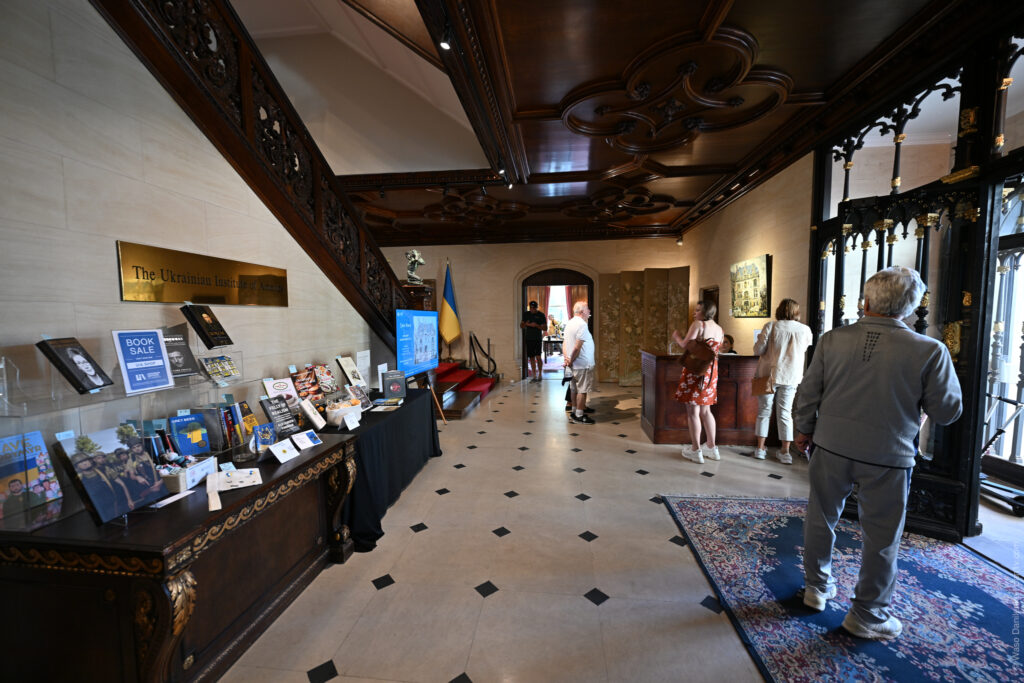
In the west wing of the Ukrainian Institute of America, the Code 380 Pop-Up introduced New Yorkers to Ukrainian fashion and design. Named after Ukraine’s country code, the project combines online shopping with live events, bringing local brands to a wider audience. Visitors explored embroidered vyshyvankas by Etnodim, ceramics and textiles from Gunia Project, bold jewelry, and modern pieces from independent Ukrainian designers.
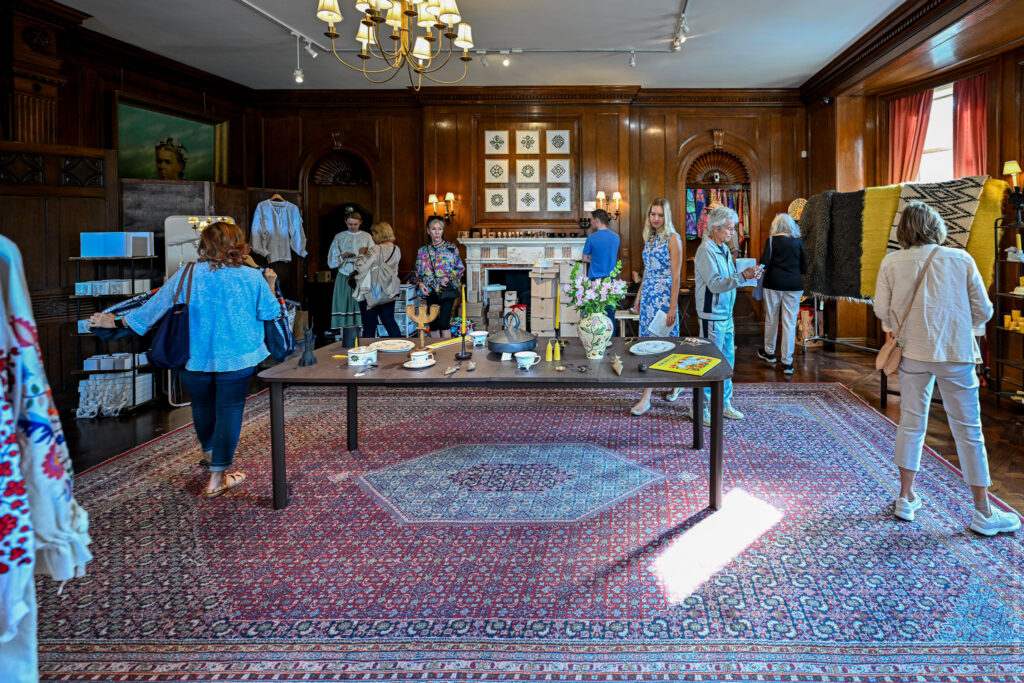
I was very glad to see how Code 380 combines items of classic Ukrainian style (like the vyshyvankas mentioned above) with contemporary fashion, such as Anton Belinskiy’s bags.

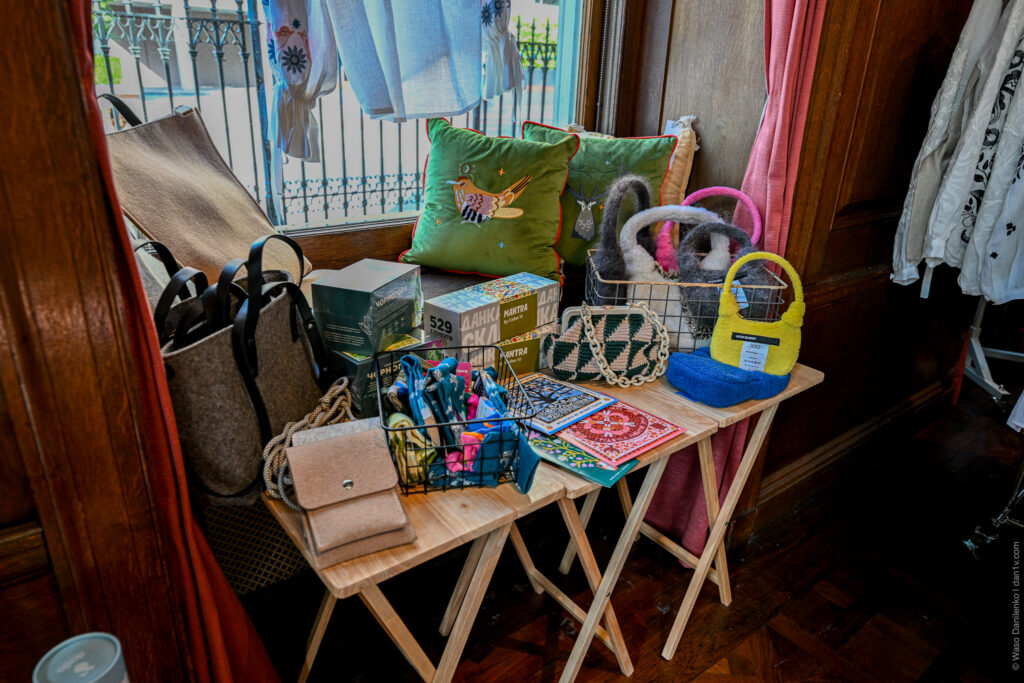

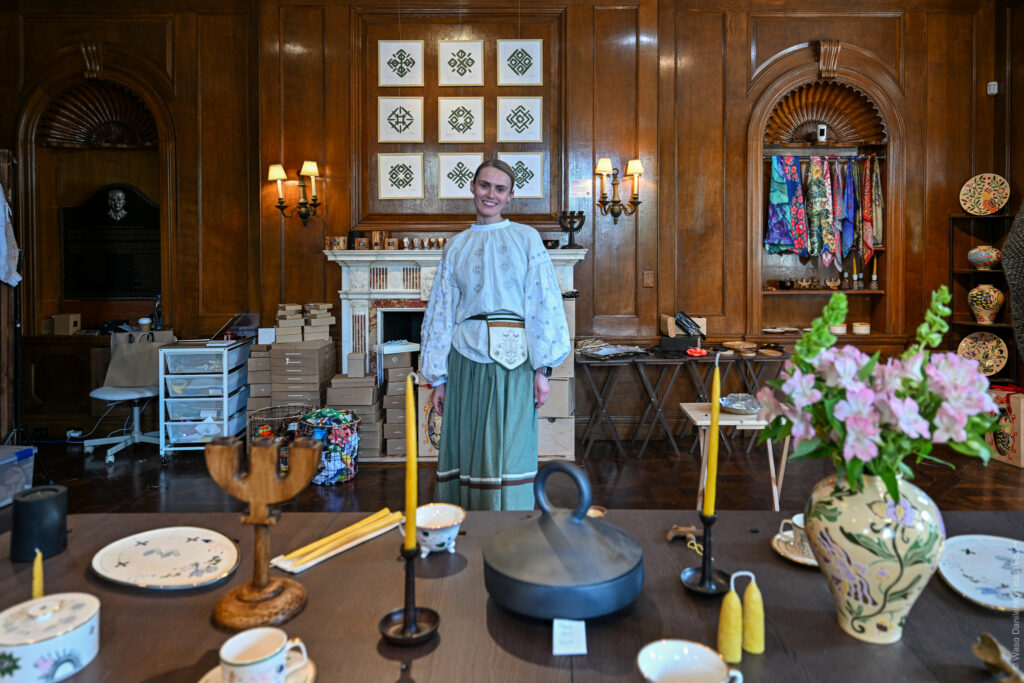
The most popular spot was the building’s second floor, where a buffet featured Ukrainian vendors, including Igor’s Bees, Papa Did It, and Ukrainian beer brewed by Pravda Brewery.
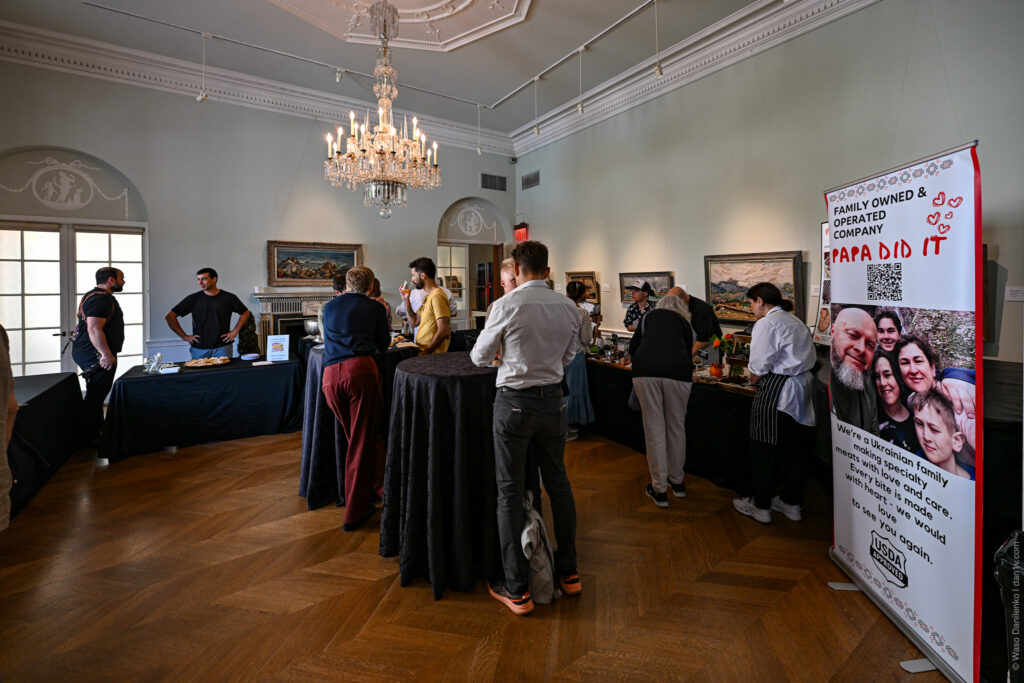
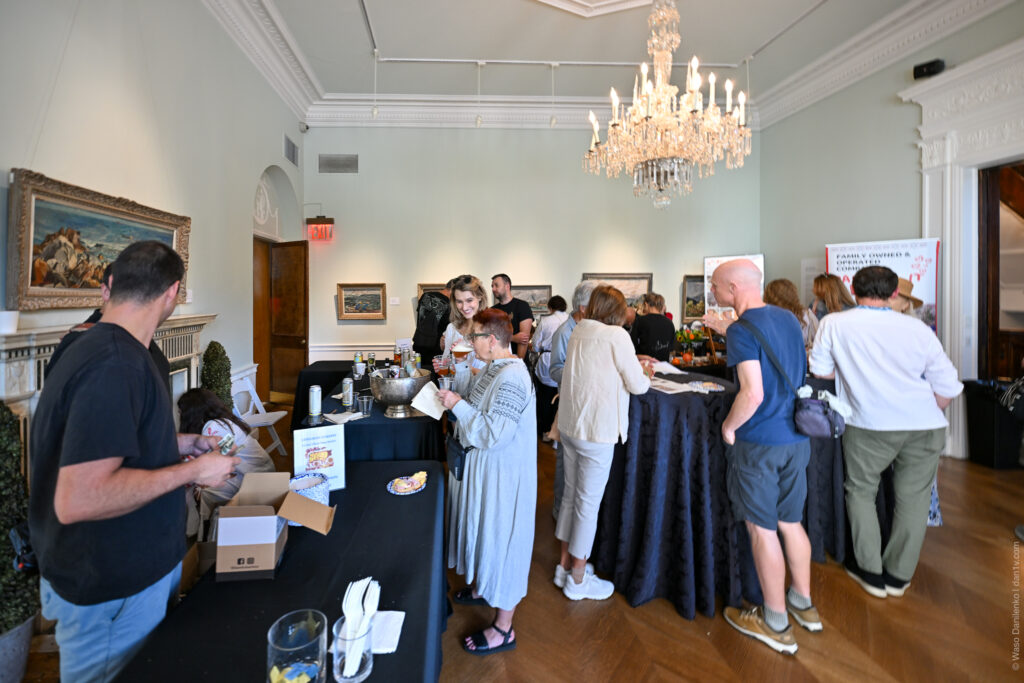
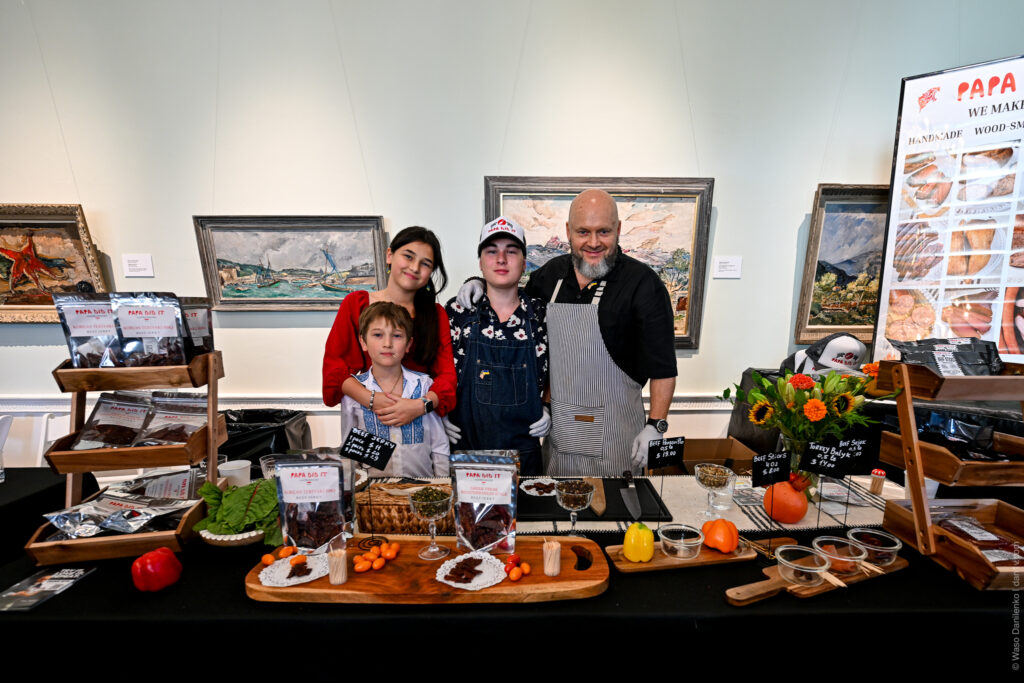
Across from the food court, in a light-filled room, traditional 19th-century Ukrainian costumes were on display.
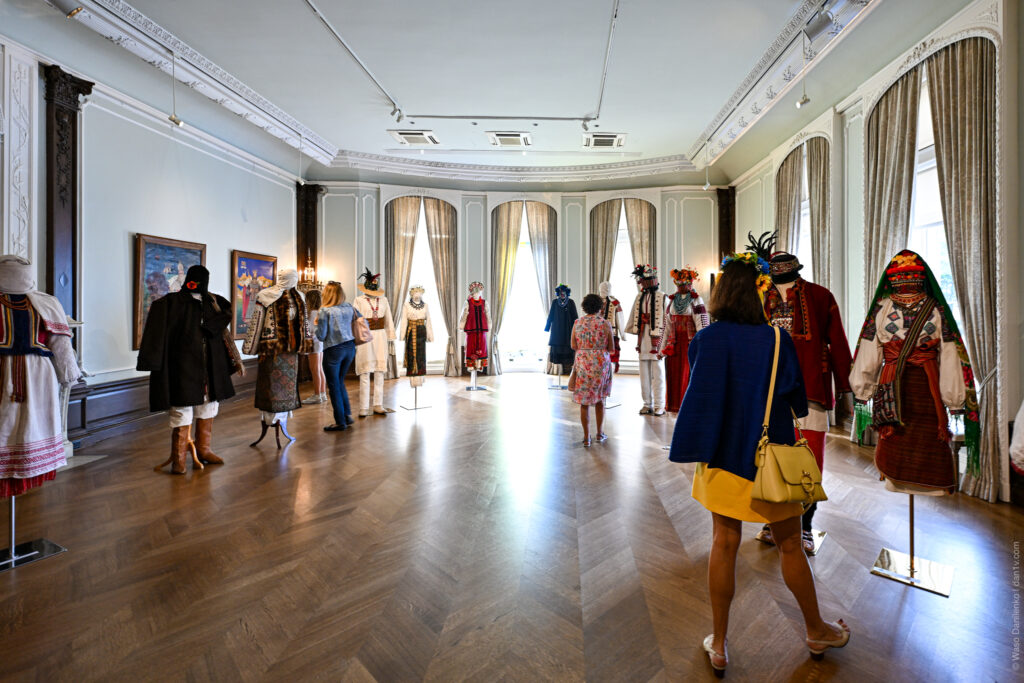
On the third floor, alongside the small cinema and an exhibition, was the project “Pysanka – A Symbol of Hope”.
The Pysanka Project is a living, community-driven installation at the Ukrainian Institute of America where people from all walks of life—children and adults alike—are invited to contribute hand-decorated Ukrainian Easter eggs (pysanky) using traditional techniques and motifs, with each egg symbolizing resilience, rebirth, and cultural identity. The collection continually grows as more pysanky arrive, amplifying its symbolic power, and eventually the eggs will be returned to Ukraine to be incorporated into ancestral rituals aimed at supporting the nation’s renewal.
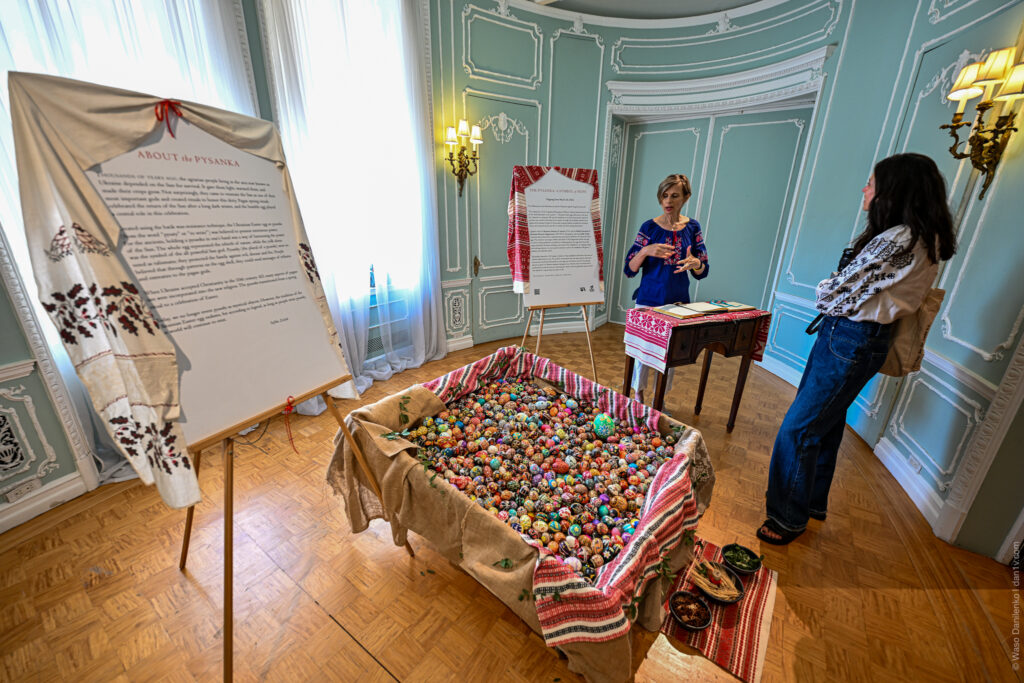
The project “The Pysanka: A Symbol of Hope” was conceived and curated by Sofika Zielyk, an artist and ethnographer of Ukrainian descent. In collaboration with the Ukrainian Institute of America (UIA) and the World Federation of Ukrainian Women’s Organizations (WFUWO), she launched this living installation in 2022 to gather community-decorated pysanky (Ukrainian Easter eggs) as a symbolic act of resilience.
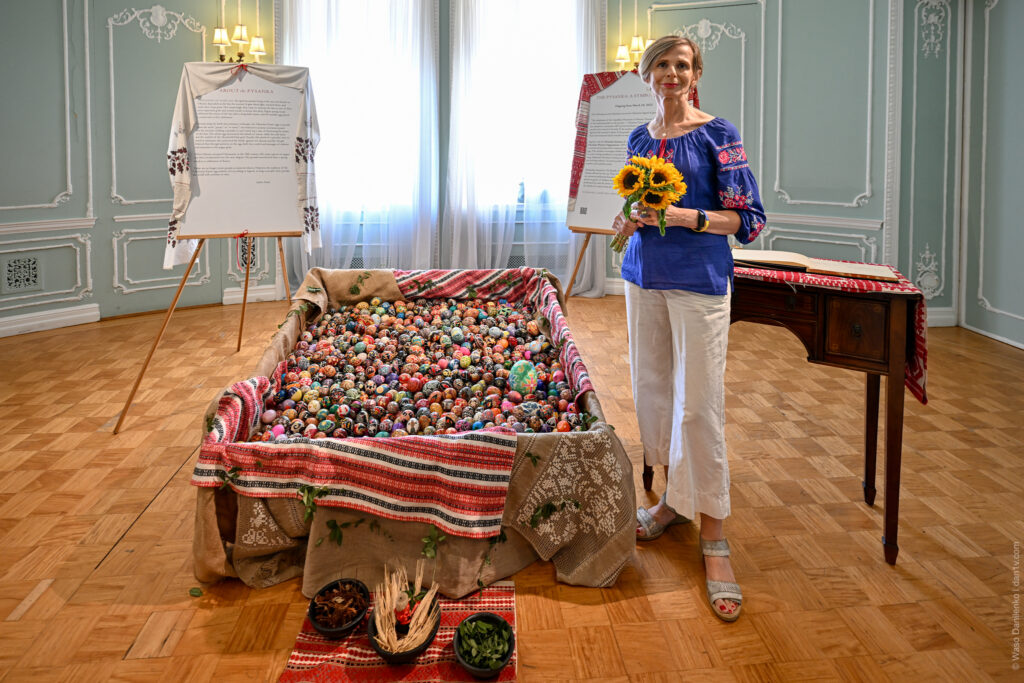
The project draws on an age-old Carpathian legend: as long as people continue to create pysanky, an evil monster chained to a cliff remains bound. If the tradition fades, the monster breaks free. These eggs, therefore, become symbols of protection—a fitting metaphor amid war.
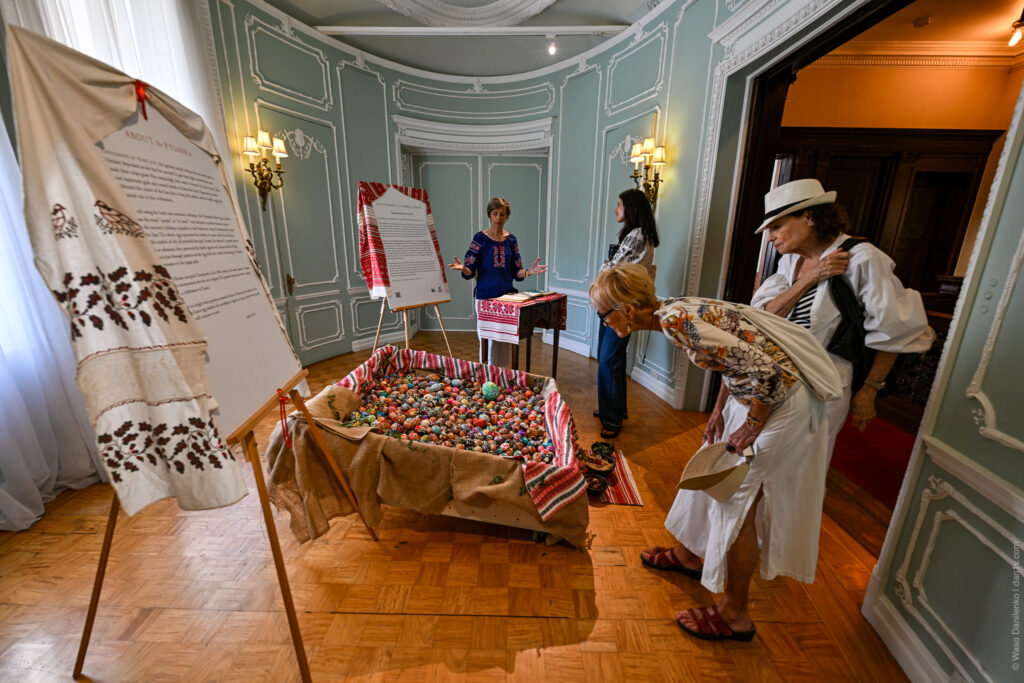
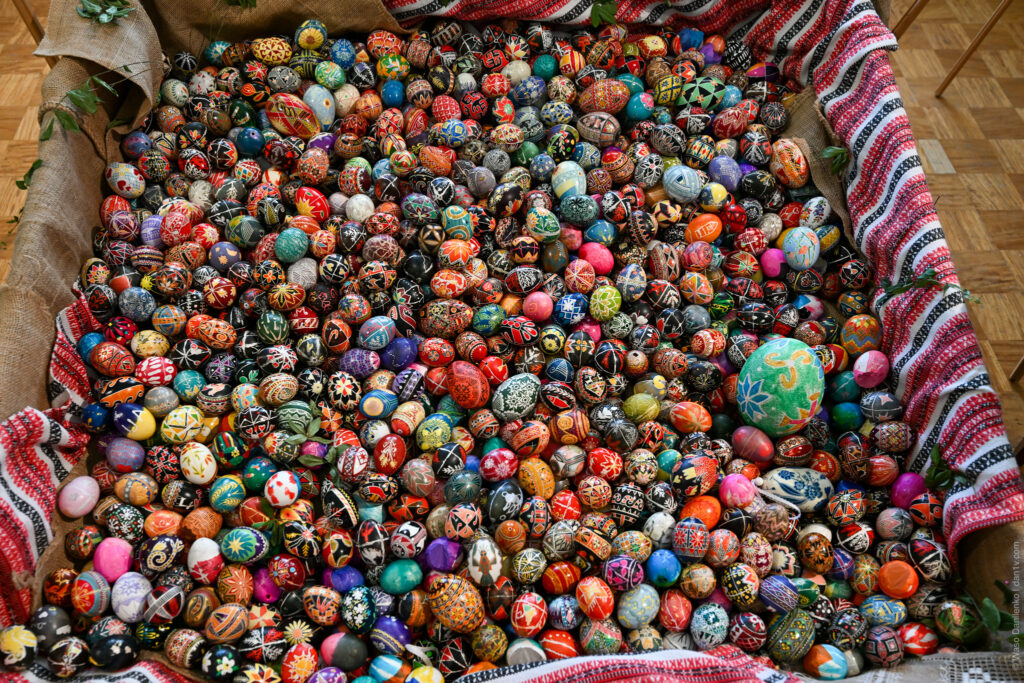
The open house ended, but the ribbons remain on the fence — waiting for new voices, new messages, and new visitors to add to this collective story.
